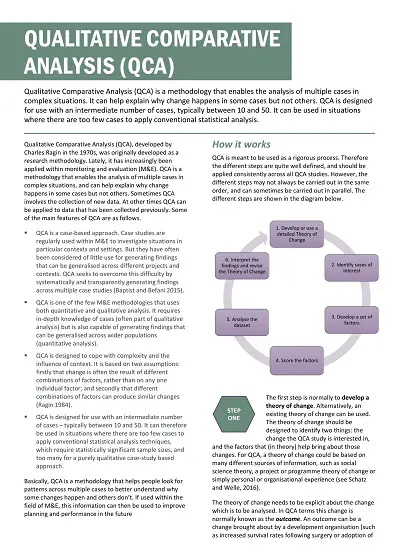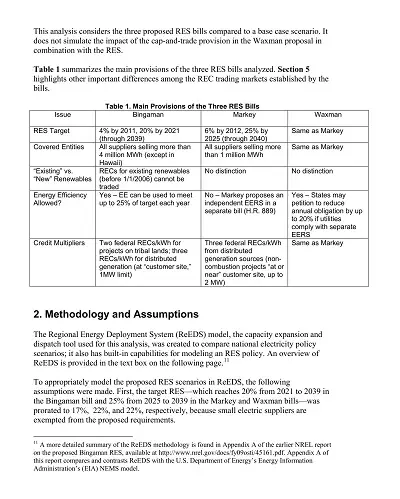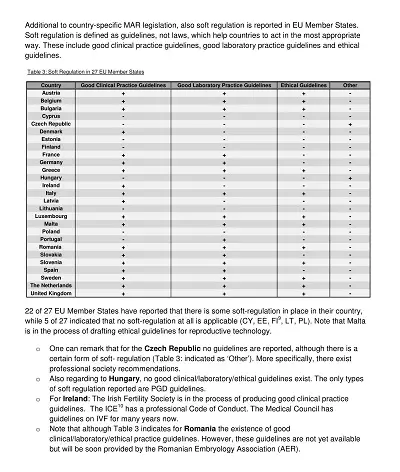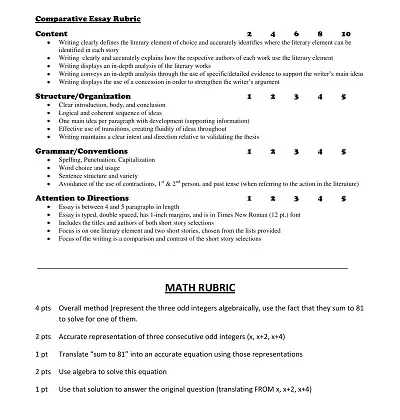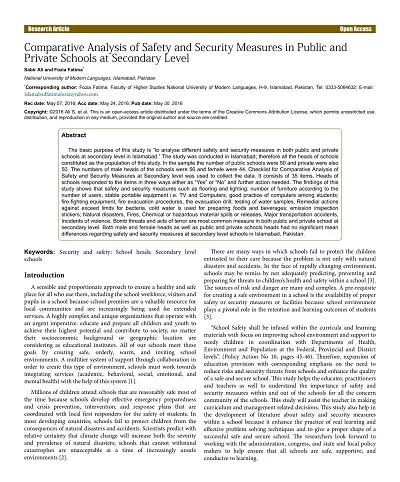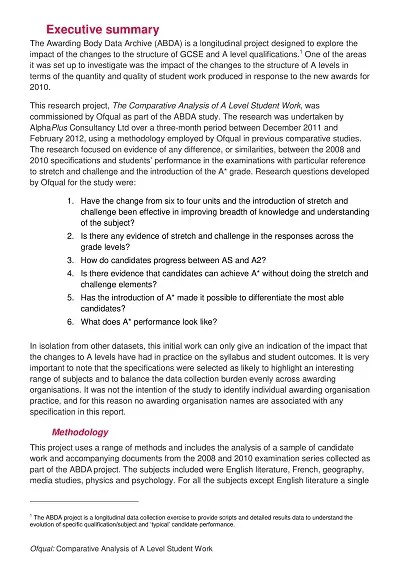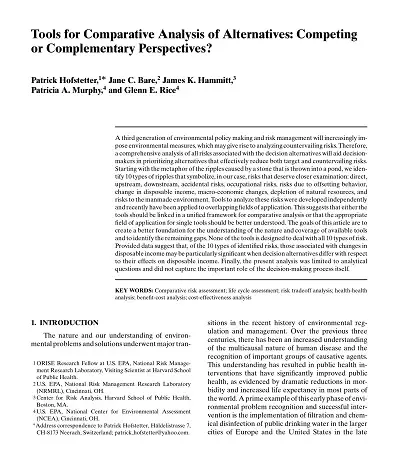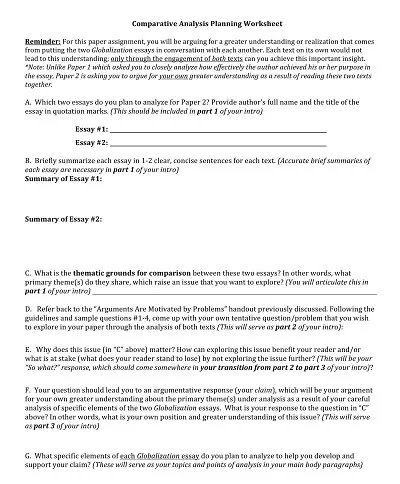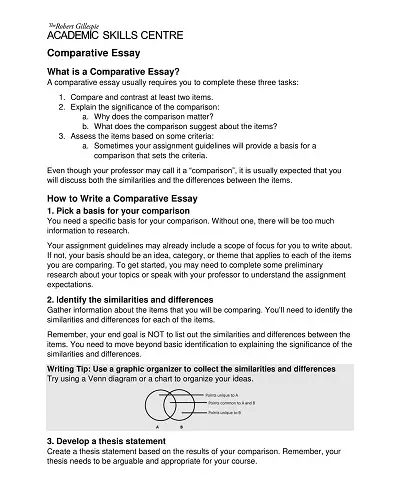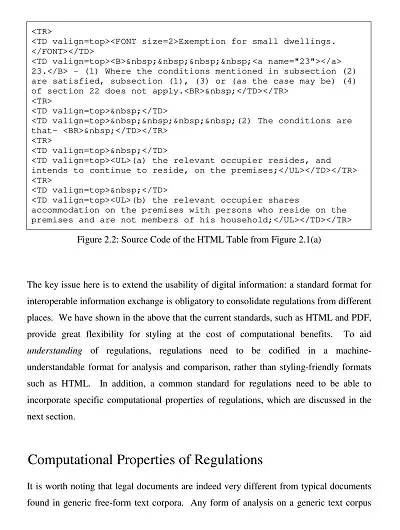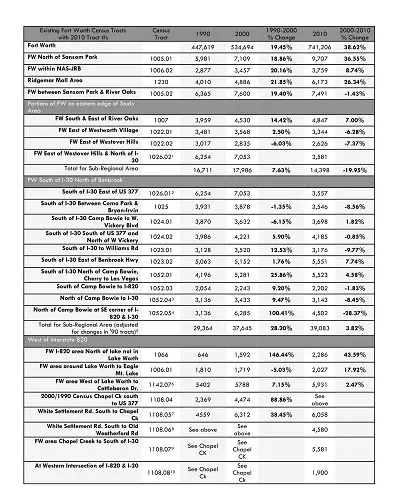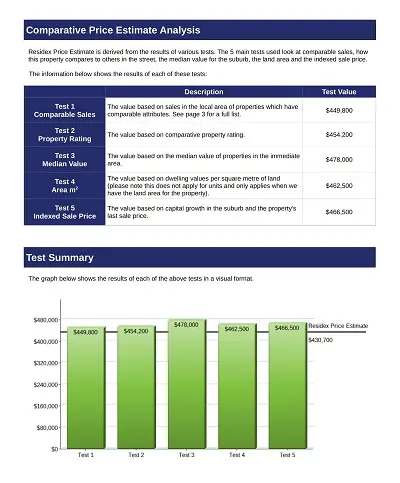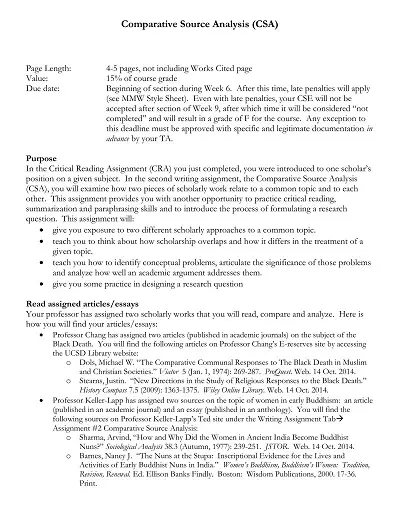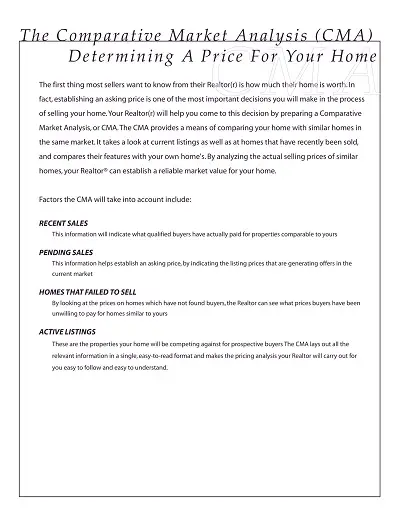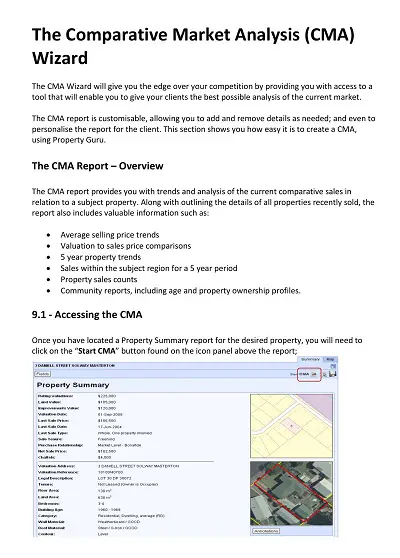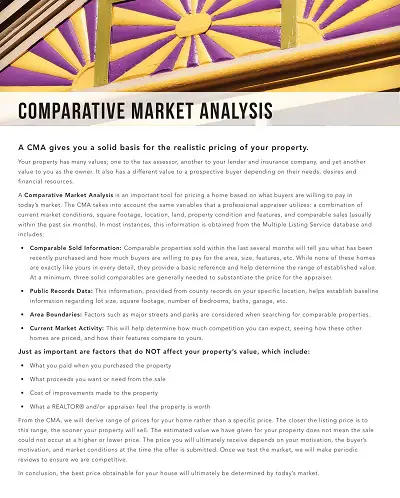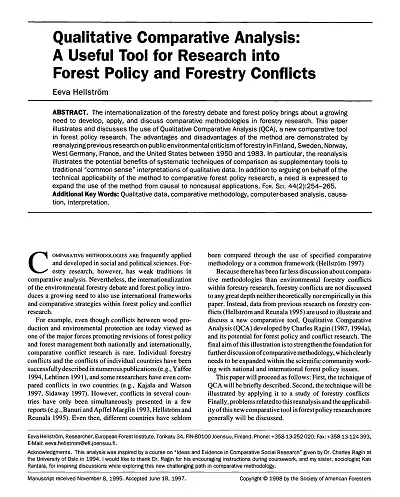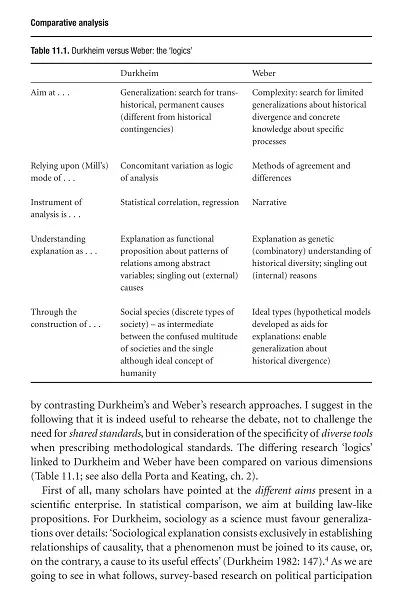30+ Free Comparative Analysis Examples & Templates – PDF
A Comparative Analysis compares two or more items to identify similarities and differences. It compares key metrics and performance indicators in various periods, departments, or competitors. Comparative analysis is crucial for making informed decisions and equipping businesses with the necessary insights. It could compare market position, product performance, or strategic initiatives.
Table of Contents
By examining similarities and differences, companies can identify trends, strengths, and areas of improvement. Comparative Analysis Templates are documents that conduct the relative analysis process. These templates have areas to input data for comparison and predetermined formulas for calculated results.
They provide a clear and organized format to present comparative data, saving time and avoiding errors in analysis. These templates simplify complex data comparisons, making drawing conclusions and developing strategies easier. Businesses can improve their efficiency by performing a comparative analysis. These templates maintain consistency in the analysis process and drive improved decision-making.
Download Free Comparative Analysis Examples & Templates
What is Comparative Analysis?
A comparative analysis involves examining similar brands in your industry to gain insights into their offerings, including marketing approaches, sales, and branding. You can collect and review information about your competitors by performing a comparative analysis.
For example, you can gain insights into their services, positioning, pricing, product details, and stats. This approach helps you evaluate and understand your competitors’ strengths and weaknesses in the market.
Benefits of Performing Comparative Analysis
Here are some benefits of using a comparative analysis:
- Know your competitors and identify opportunities or potential threats. It will lead to business progress and increased revenue.
- Do research and compare market and competitor data. It helps in making informed decisions about product features and pricing.
- Save time and resources by analyzing a large amount of data. It enables continuous improvement of organizational processes, products, and services.
- Get a more comprehensive view of the market, and it will help you know your customers’ needs and preferences.
How To Create A Comparative Analysis Template
To create a template from scrape, follow these steps:
- Identify Your Basis for Comparison: Start by defining the parameters for your comparison. What key elements will you compare across different entities or subjects? These could be features, attributes, performance metrics, etc.
- List Down the Items to be Compared: Identify the items, concepts, or subjects you’re comparing. Ensure they are similar enough for a fair comparison while offering distinctive differences to make the comparison insightful.
- Determine Your Comparison Metrics: Depending on your basis for comparison, establish the metrics or standards you’ll be using to compare the items. This could range from qualitative measures (like effectiveness or ease of use) to quantitative measures (like speed or cost).
- Create a Table or Matrix: Utilize spreadsheet software like Microsoft Excel, Google Sheets, or any other software to create a table or matrix. List your items to be compared in the first column and your comparison metrics across the first row.
- Fill in the Comparison Data: For each item, fill in the information or data for each comparison metric. This could be a descriptive comparison or a numeric value, depending on your chosen metrics.
- Analyze and Highlight Key Insights: After filling in all the data, review your comparative analysis and highlight any significant similarities, differences, or patterns.
Starting everything from scratch could be time-consuming; you can use any of the templates in PDF or Word. These templates are free to use and printable, and you can modify these templates as per your requirements.
Key Features of Our Comparative Analysis Templates
The templates are 100% free;. You simply need to download them. It’s easy to customize and design them as you want.
- User-friendly Design: Templates prides itself on its user-friendly interface, making it a breeze to use, even for newcomers.
- Flexible Customization: With their adaptability, our templates can be designed to fulfill a diverse range of business requirements.
- Comprehensive Details: Our templates incorporate solid analysis parameters and ensure a thoroughly detailed analysis.
- Time Efficiency: The templates are designed to save significant time in the analytical process and improve productivity.
- High Accuracy: We’ve minimized the risk of errors in the analyzing process by ensuring reliability and precision.
How to Use a Comparative Analysis Template
Here is the Step-by-step guide on how to use the template effectively
Step#01: Identify Your Comparisons
To initiate the comparative analysis process, list the specific items or aspects you want to compare. It involves products offered by different companies and various marketing strategies. By identifying your comparisons, you set the foundation for a focused & effective analysis.
Step#02: Set Your Criteria
Ensure that the chosen criteria align with the goal of your analysis, whether it’s product comparison, market research, or strategic planning. Use quantifiable metrics like sales figures, market share, or customer satisfaction ratings. Consider industry-specific standards or benchmarks relevant to the items under consideration.
Step#03: Collect and Organize Your Data
Gather all the relevant information about the items you are comparing. Organize this data in your template and align each piece with the appropriate criteria. Determine the info like competitor products, sales figures, marketing strategies, and customer feedback. Use any of the free-to-use templates to cover diverse topics and streamline the data collection. Create a spreadsheet to organize the gathered data systematically. Include categories like product features, pricing, market share, and strengths/weaknesses.
Step#04: Analyze the Data
Look for periodic patterns in the data across the items being compared. It includes trends, similarities, or consistent differences. This provides insights into the performance or characteristics of each subject. Use visualization tools like charts or graphs to represent data patterns and make complex information more convenient.
Step#05: Draw Conclusions
Identify the comparable strengths and weaknesses of the items you have analyzed. Use these findings to inform your decisions or recommendations. Perform a SWOT analysis; it is a valuable tool for determining each item’s strengths, weaknesses, opportunities, and threats. Identify gaps in performance and areas to focus on for improvement.
Step#06: Review and Revise
Review your analysis and check for any errors. You may need to revise the study to ensure it is accurate and complete. If you used a competitive analysis sheet, double-check the structure to verify that you have all the crucial sections. Stay informed about any latest developments or changes in the competitive landscape. Regularly updating your analysis ensures its ongoing relevance.
10 Different Types of Comparative Analysis Templates
Comparison analysis templates can be categorized into several types, each with specific uses and benefits.
- SWOT Analysis Template: This template helps compare a company’s Strengths, Weaknesses, Opportunities, and Threats to its competitors.
- Product Comparison Template: This template helps list and compare product features of different competitors.
- Competitive Analysis Matrix Template: This grid-based template can compare multiple competitors across various specific variables or criteria.
- Benchmarking Template: This lets you reach your company’s performance against industry standards or competitors.
- Price Comparison Template: This template helps compare the prices of products or services offered by different competitors.
- Strategy Comparison Template: This allows for comparing different strategic approaches among competitors.
- Market Positioning Map Template: Useful for reaching the market positioning of other companies in the same industry.
- Market Share Analysis Template: This template aids in getting the market share of other companies in the same sector.
- Financial Performance Comparison Template: This assists in comparing financial metrics like revenue, profit, and cash flow across different companies.
- Customer Satisfaction Comparison Template: This template helps reach customer satisfaction levels between various service providers or manufacturers.
How Comparative Analysis Influences Business Decisions
Comparative analysis helps in shaping business decisions by evaluating the market. It enables businesses to analyze their performance metrics and identify areas of improvement. Performing comparative analysis allows you to:
Understand Market Competition
Understanding market competition allows businesses to identify their biggest rivals, gain insights into their strategies, and assess their strengths and weaknesses. Companies can differentiate themselves by offering unique value propositions. Market research can also reveal industry trends and help businesses adapt and stay relevant.
Identify Opportunities
By examining market and competitor activity, businesses can recognize market gaps they can exploit. These gaps could be an underserved customer segment, a product feature that competitors have overlooked, or a new technology that can be used to improve customer experience. When identified and utilized, these opportunities can lead to product innovation, further customer gains, and increased market share.
Strategic Planning
Strategic Planning involves anticipating future scenarios, setting objectives, and devising strategies. Businesses can expect future market trends and changes, enabling them to prepare and plan. Comparative analysis can disclose successful strategies employed by competitors. You can analyze, adapt, and incorporate them into your strategic planning. Such informed planning gives companies a roadmap to success.
Informed Decision-Making
A crucial benefit of comparative analysis is informed decision-making. Businesses can make informed decisions by gathering and analyzing data about the market and competitors. These decisions are based on facts, not assumptions, and they include decisions about product development, marketing strategies, pricing, and more. This data-driven approach can mitigate risks, as it can detect possible issues before they get worse.

